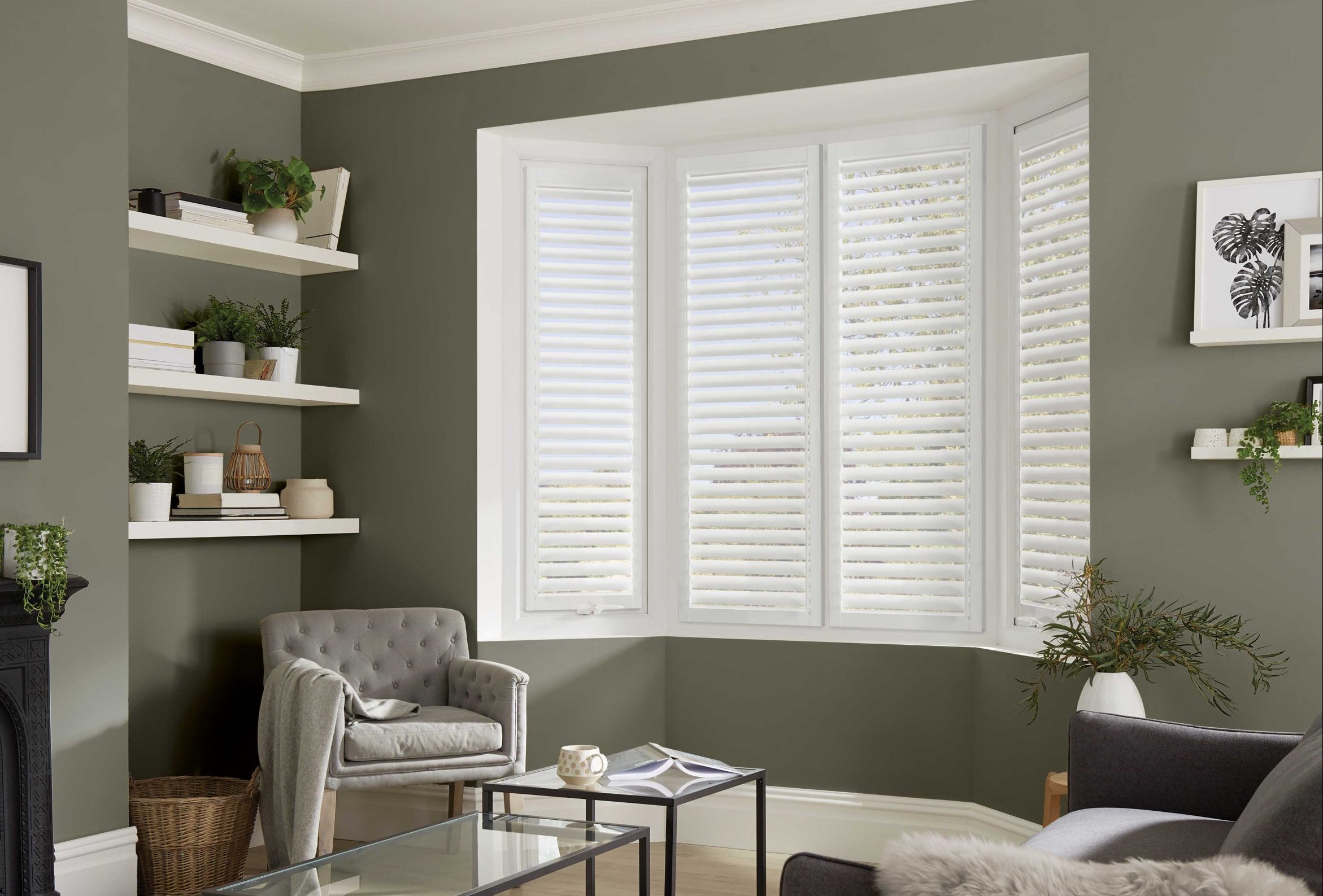As the days grow shorter and the temperature drops, we find ourselves seeking warmth and comfort within the confines of our homes. Winter brings with it a unique set of challenges, including the need to conserve energy and maintain a cozy atmosphere. One often overlooked aspect of winter home comfort is the choice of window blinds. These seemingly simple window coverings can play a significant role in regulating the temperature and ambiance of your living spaces during the colder months. In this article, we’ll explore the various options and factors to consider when selecting the best window blinds for winter.
Insulation: The Key to a Warm and Energy-Efficient Home
During winter, one of the primary concerns is retaining indoor heat and keeping the cold air at bay. The right window blinds can act as an additional layer of insulation for your home, reducing heat loss through your windows and thus helping to lower your energy bills. Let’s delve into some of the top choices for insulating window blinds.
Cellular or Honeycomb Blinds
Cellular or honeycomb blinds are a top choice for winter insulation. Their unique structure features hexagonal cells that trap air, forming a barrier against heat loss. These blinds provide excellent insulation properties by creating an additional thermal layer between your window and the room. The more cells a blind has, the better its insulation performance. Perfect fit blinds are available in this form.
Roman Blinds
Roman blinds are another option that can offer insulation benefits. When pulled down, they create a solid barrier that helps prevent cold drafts from entering your room. Opting for Roman blinds with a thermal lining can enhance their insulating properties, making them an excellent choice for the winter months.
Shutters
While not strictly blinds, shutters can significantly contribute to winter insulation given their ability to be completely closed. Shutters were often quite expensive when compared to traditional blinds however we now offer Perfect Fit Shutters which provide all the benefits of traditional shutters but at a fraction of the price.
Light Control: Balancing Warmth and Ambiance
While insulation is crucial during winter, you don’t want to completely block out natural light. Natural light can help improve your mood and reduce the reliance on artificial lighting, saving energy. The right window blinds should strike a balance between insulation and light control.
Adjustable Blinds
Blinds with adjustable slats, such as venetian blinds, allow you to control the amount of sunlight entering your room. You can angle the slats to let in more light during the day while maintaining privacy. At night, you can close them to enhance insulation.
Layered Window Treatments
Combining window blinds with other treatments like sheer curtains or roller shades allows you to customize the amount of light and privacy to your liking. During the day, you can draw back the curtains or shades to let in the sunlight, and at night, you can close them for warmth and privacy. Equally so, it’s not always winter and so layering your blind of choice with maybe some heavy curtains that can be closed during the Winter months is perhaps a sensible option to consider.
Material Matters: Choose Wisely
The material of your window blinds also plays a significant role in their performance during winter. Different materials have varying insulating properties, light control abilities, and maintenance requirements. Here are some common materials used in winter blinds:
Fabric Blinds
Fabric blinds, such as Roman shades, are available in various materials, each with its unique properties. Heavier fabrics like wool, felt, or suede provide excellent insulation and light control. However, they may require more cleaning and maintenance due to their texture.
Wood Blinds
Wood blinds, particularly those made from thicker and denser woods like basswood, are excellent choices for winter. They provide good insulation and can be stained or painted to match your interior decor. Keep in mind that wood blinds may require occasional resealing to maintain their condition.
Faux Wood Blinds
Faux wood blinds, made from materials like PVC or composite, offer the appearance of real wood with enhanced durability and moisture resistance. They provide decent insulation and are easy to clean, making them a practical choice for winter.
Aluminum Blinds
While aluminum blinds are not known for their insulation properties, they can still be effective with proper installation and an insulating side track system. They are better suited for those who prioritize light control and minimal maintenance.
Easy Operation: Convenience for Chilly Days
During the colder months, you’ll want window blinds that are easy to operate, especially if you need to adjust them frequently to balance light and insulation. Motorized blinds with remote controls or smart home integration can make this task effortless, allowing you to adjust them from the comfort of your couch.
Conclusion
Selecting the right window blinds for your home during winter can make a substantial difference in terms of comfort, energy efficiency, and ambiance. Remember that the best choice will depend on your specific needs and preferences. Whether you opt for cellular blinds for their superior insulation, Roman shades for their timeless elegance, or another option that suits your style, it’s essential to strike a balance between functionality and aesthetics. With the right window blinds, you can create a warm and inviting atmosphere that will make the winter months more enjoyable and energy-efficient. For further reading, we compare the energy efficiency of blinds in this article.





